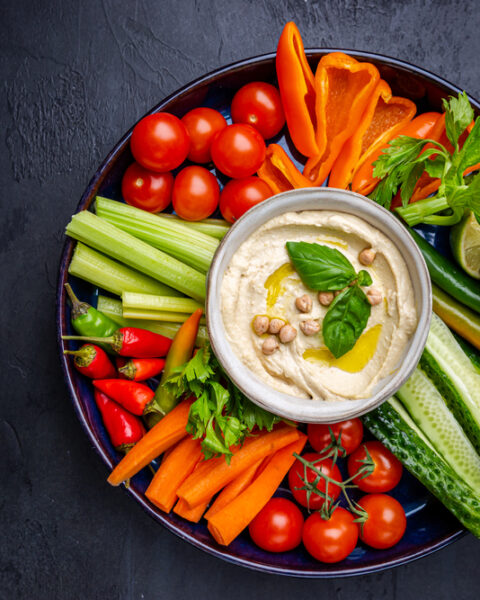When it comes to food safety, there’s a lot of advice floating around that just isn’t true. Sometimes, we pick up habits from friends or family that seem harmless, but they might actually be putting us at risk. With so much misinformation out there, it’s easy to believe things that could lead to foodborne illness. To help clear things up, I’ve put together a list of common food safety misconceptions that need to be dispelled. Let’s set the record straight and keep our kitchens a little safer.
Contents
- 1 The Five-Second Rule is Safe
- 2 Freezing Food Kills Bacteria
- 3 Smelling Food is a Reliable Safety Test
- 4 Cross-Contamination in the Fridge is Rare
- 5 Rinsing Melons Isn’t Important
- 6 Leftovers are Safe Indefinitely in the Fridge
- 7 Microwaving Food Kills All Bacteria
- 8 Washing Raw Meat Before Cooking is Necessary
- 9 Organic Foods are Free from Foodborne Pathogens
- 10 Plastic Cutting Boards Harbor More Bacteria Than Wooden Ones
- 11 Reheating Food Multiple Times is Safe
- 12 Eating Undercooked Eggs is Safe if the Shell is Clean
- 13 Mayonnaise Causes Food Poisoning in Potato Salad
- 14 Peeling Fruits and Vegetables Removes All Pesticides
- 15 All Canned Foods are Safe Indefinitely
- 16 Room Temperature is Safe for Thawing Meat
- 17 Cooking Kills All Toxins in Spoiled Food
- 18 Only Raw Foods Can Cause Food Poisoning
- 19 Food That Looks Fine is Safe to Eat
- 20 More From RetailShout
- 21 13 Gluten-Free Products from Trader Joe`s You Need to Try
- 22 15 ALDI`s Best Bargains for the Budget-Conscious Shopper
The Five-Second Rule is Safe
Many believe that food dropped on the floor is safe to eat if picked up within five seconds. However, research shows that bacteria can transfer to food almost instantly, making it unsafe regardless of the time spent on the floor. The type of surface and the nature of the food also influence the contamination level. Wet or sticky foods are particularly prone to rapid bacterial transfer. The five-second rule gives a false sense of security and should not be relied upon for food safety.
Freezing Food Kills Bacteria
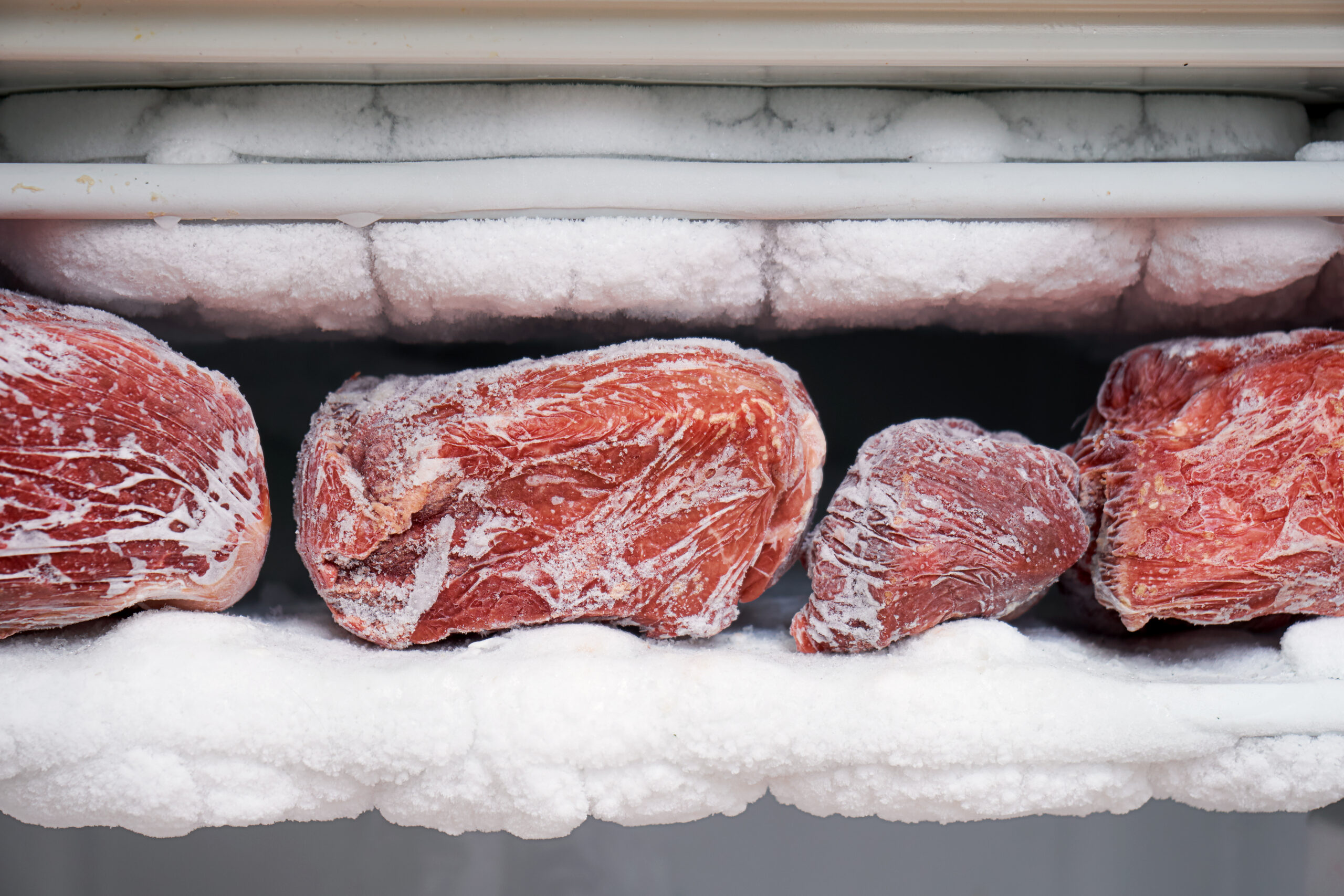
A common misconception is that freezing kills harmful bacteria in food. In reality, freezing only renders bacteria inactive; it doesn’t kill them. Once the food is thawed, the bacteria can become active again and multiply under favorable conditions. Therefore, proper cooking and handling are essential even after freezing. Foods must be cooked to safe temperatures to eliminate any potentially harmful bacteria.
Smelling Food is a Reliable Safety Test
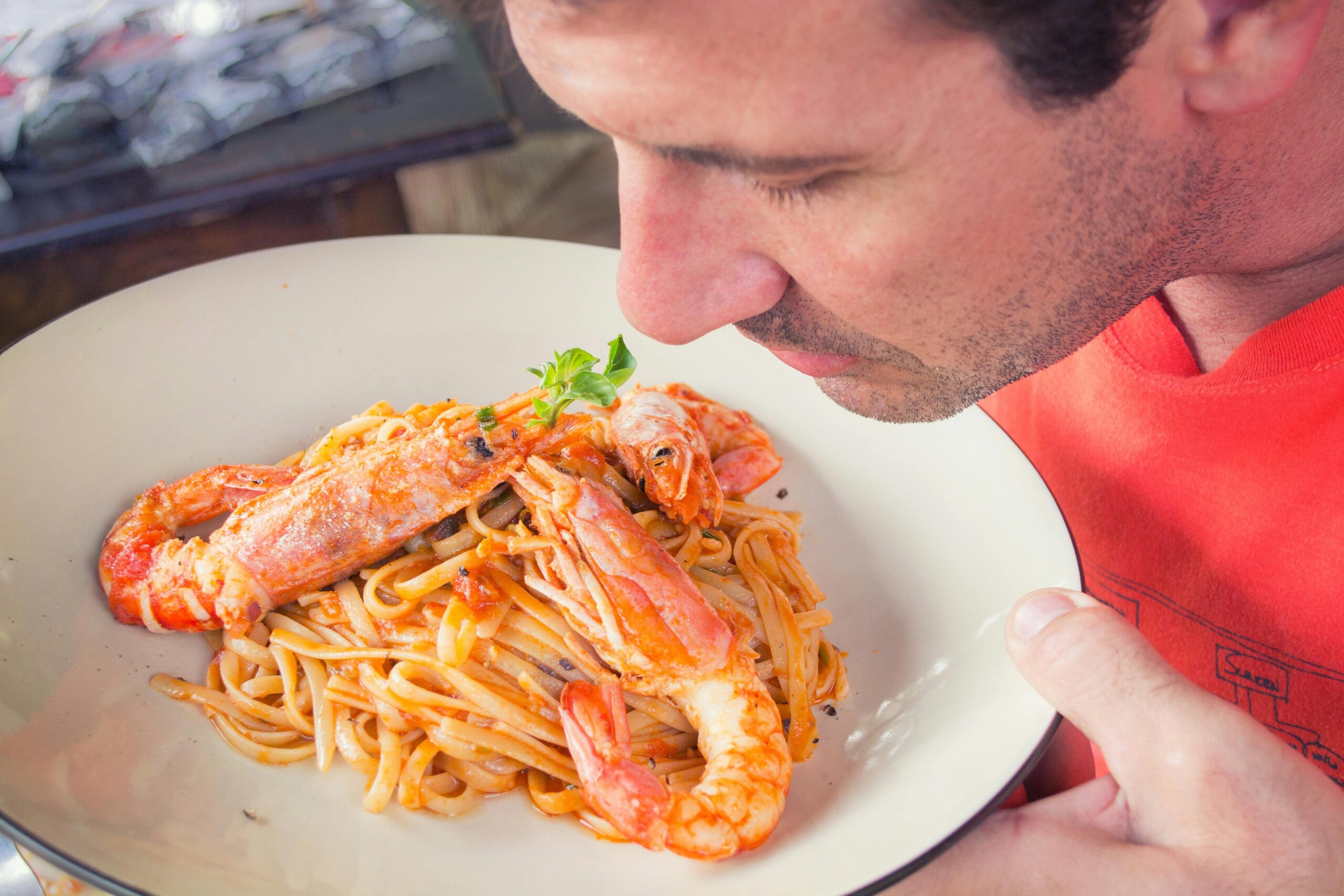
Many people rely on the smell test to determine if food is safe to eat, but this is not a reliable method. Harmful bacteria such as E. coli or Salmonella can be present in food without affecting its smell, taste, or appearance. Therefore, food can still cause illness even if it smells and looks fine. Proper food storage and adherence to expiration dates are crucial for safety. Relying solely on smell can lead to foodborne illness.
Cross-Contamination in the Fridge is Rare
Some believe that because the refrigerator is cold, cross-contamination between different foods is unlikely. However, bacteria can still spread from raw to cooked foods or other ready-to-eat items in the fridge. For example, juices from raw meat can drip onto other foods, leading to contamination. It’s important to store raw meats on the bottom shelf and keep them well-sealed to prevent cross-contamination. Regular cleaning of the fridge is also necessary to maintain food safety.
Rinsing Melons Isn’t Important
A common misconception is that only the flesh of fruits like melons needs to be clean since the rind is not eaten. However, bacteria on the rind can be transferred to the flesh when cutting through the melon. Therefore, it’s important to rinse the entire melon under running water before cutting it open. Using a clean brush to scrub the surface can also help remove any dirt and bacteria. Proper cleaning reduces the risk of foodborne illness from fruits.
Leftovers are Safe Indefinitely in the Fridge
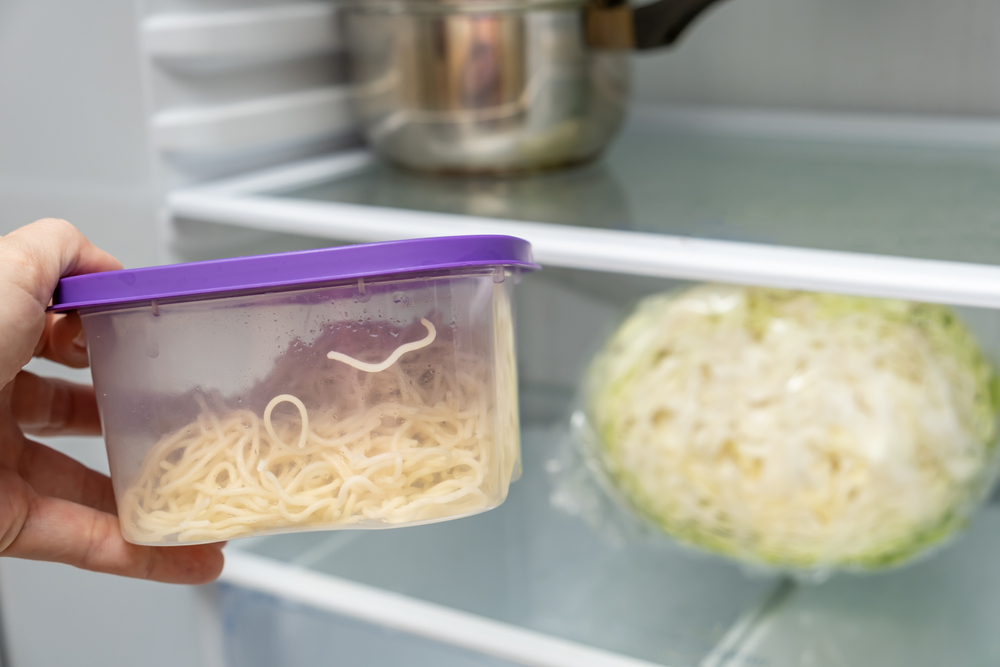
Some people believe that leftovers can be safely kept in the refrigerator indefinitely as long as they are kept cold. However, even in the fridge, bacteria can grow over time, and most leftovers should be consumed within 3-4 days. Labeling leftovers with the date they were stored can help keep track of their safety. Additionally, reheating leftovers to an internal temperature of 165°F is crucial to kill any bacteria that may have developed.
Microwaving Food Kills All Bacteria
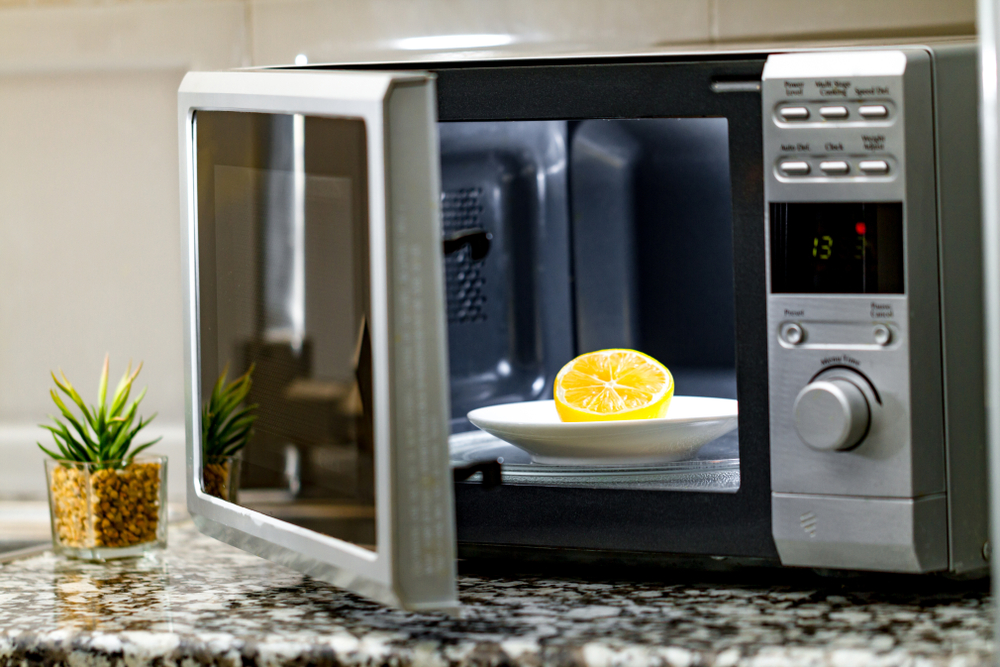
Many assume that microwaving food is an effective way to kill all bacteria, but this is not always the case. Microwave ovens can heat food unevenly, leaving cold spots where bacteria can survive. To ensure food is heated thoroughly, it should be stirred or rotated during cooking, and a food thermometer should be used to check the temperature. It’s important that the food reaches a safe internal temperature throughout to ensure all bacteria are destroyed.
Washing Raw Meat Before Cooking is Necessary
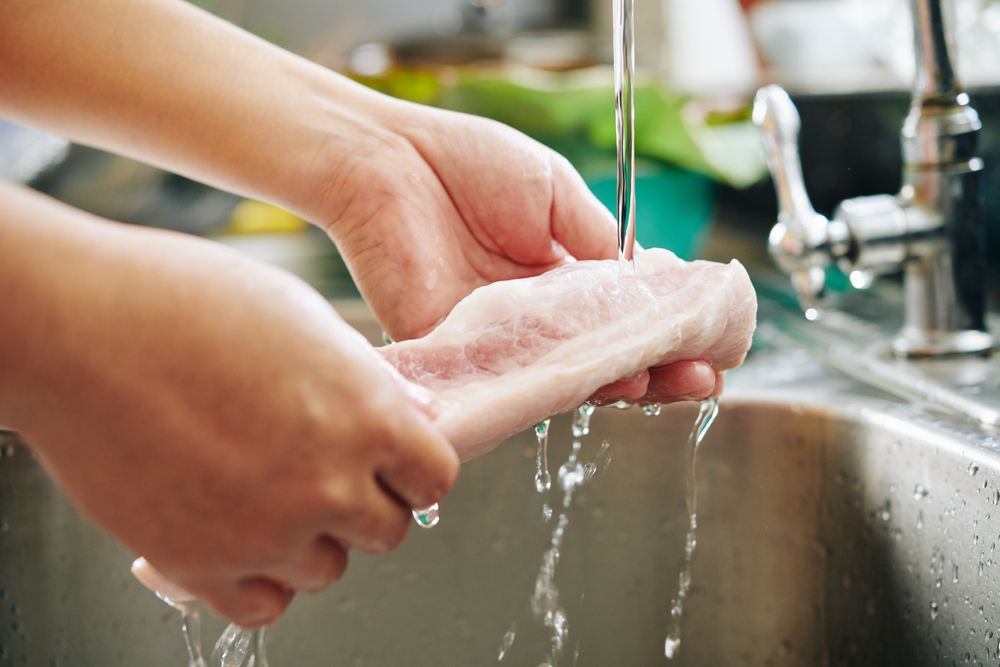
Some believe that washing raw meat before cooking can remove bacteria, but this practice can actually do more harm than good. Washing meat can cause bacteria to splash and spread to kitchen surfaces, utensils, and other foods, increasing the risk of cross-contamination. The best way to kill bacteria on meat is by cooking it to the appropriate internal temperature. Thorough cooking is more effective than washing in ensuring meat is safe to eat.
Organic Foods are Free from Foodborne Pathogens

There’s a misconception that organic foods are inherently safer and free from harmful bacteria. However, organic foods can be contaminated with pathogens just like conventionally grown foods. For example, organic produce can still harbor E. coli or Salmonella if exposed to contaminated water or soil. It’s important to handle and prepare organic foods with the same care as non-organic foods, including proper washing and cooking.
Plastic Cutting Boards Harbor More Bacteria Than Wooden Ones
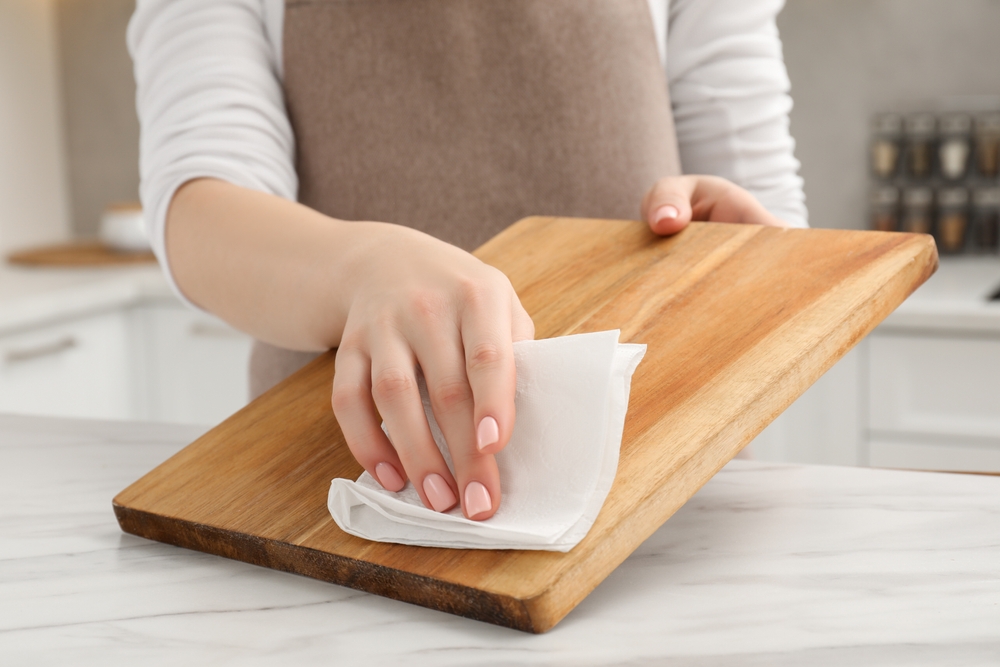
A widespread belief is that plastic cutting boards are more prone to harboring bacteria than wooden ones. However, studies have shown that both types can harbor bacteria if not cleaned properly. Wooden boards may even have natural antimicrobial properties. The key is to clean cutting boards thoroughly after each use, regardless of the material, and replace them when they show signs of wear or deep grooves. Regular sanitization is crucial to prevent bacterial buildup.
Reheating Food Multiple Times is Safe
Many think it’s safe to reheat food as many times as needed, but each reheating cycle can increase the risk of bacterial growth. Repeated cooling and reheating can create ideal conditions for bacteria to thrive. It’s best to only reheat what will be consumed at one time, and any leftovers should be properly cooled and stored after each meal. Food should also be reheated to an internal temperature of 165°F to ensure safety.
Eating Undercooked Eggs is Safe if the Shell is Clean

Some believe that eggs are safe to eat undercooked if the shell is clean and intact, but this is not always true. Salmonella can be present inside the egg as well as on the shell. To reduce the risk of illness, eggs should be cooked until both the yolk and white are firm. Using pasteurized eggs is a safer option if recipes call for raw or lightly cooked eggs.
Mayonnaise Causes Food Poisoning in Potato Salad
A common misconception is that mayonnaise is the culprit behind foodborne illness in dishes like potato salad. In reality, commercially prepared mayonnaise contains acids that can inhibit bacterial growth. The real risk comes from other ingredients, like eggs or potatoes, that may be improperly stored or handled. Keeping mayonnaise-based salads refrigerated and using fresh ingredients reduces the risk of food poisoning.
Peeling Fruits and Vegetables Removes All Pesticides
Many assume that peeling fruits and vegetables is enough to remove all pesticide residues. However, some pesticides can penetrate the skin and reach the flesh. Washing fruits and vegetables under running water and using a brush for those with thick skins can help reduce pesticide residues. For those concerned about pesticide exposure, choosing organic produce or using a produce wash can provide additional reassurance.
All Canned Foods are Safe Indefinitely
It’s a common belief that canned foods can be stored and consumed indefinitely. However, canned foods can lose quality and may become unsafe over time. Cans should be stored in a cool, dry place, and checked regularly for signs of damage or bulging, which can indicate spoilage. It’s important to follow the manufacturer’s expiration date and discard any cans that show signs of compromise to prevent foodborne illness.
Room Temperature is Safe for Thawing Meat

A dangerous misconception is that meat can be safely thawed on the counter at room temperature. Thawing meat this way allows bacteria to grow on the outer layers while the inside remains frozen. The safest methods for thawing meat include using the refrigerator, cold water, or the microwave. These methods ensure that the meat stays within safe temperature ranges while thawing.
Cooking Kills All Toxins in Spoiled Food

There’s a misconception that cooking spoiled food can make it safe to eat by killing bacteria. While cooking can kill bacteria, it cannot remove the toxins that some bacteria produce. These toxins can cause foodborne illness even after cooking. It’s important to discard any food that shows signs of spoilage, such as an off odor or appearance, to avoid the risk of illness.
Only Raw Foods Can Cause Food Poisoning

Some believe that only raw or undercooked foods can cause food poisoning, but cooked foods can also be risky if not handled properly. For example, cooked food left out at room temperature for too long can become contaminated with bacteria. To prevent foodborne illness, cooked foods should be kept at safe temperatures, either hot (above 140°F) or cold (below 40°F), and consumed within a safe timeframe.
Food That Looks Fine is Safe to Eat

A common misconception is that food that looks, smells, and tastes fine is safe to eat. However, many harmful bacteria do not change the appearance, smell, or taste of food. This means that food can still be contaminated even if it looks fine. Adhering to expiration dates, proper storage, and safe handling practices are essential to ensuring food safety.
This article originally appeared on RetailShout.
More From RetailShout
15 Trader Joe’s Pantry Staples That Don’t Get Enough Credit

We all have our go-to Trader Joe’s favorites, but what about the hidden gems that don’t make it to the top of everyone’s list? Some of the most versatile and useful products are right under our noses, waiting to be discovered. These pantry staples might not be the flashiest items in the store, but they pack a punch in the kitchen. Read More.
13 Gluten-Free Products from Trader Joe`s You Need to Try

Looking for delicious gluten-free options that won’t break the bank? Trader Joe’s has a treasure trove of gluten-free products that taste great and meet your dietary needs. Whether you’re looking for snacks, staples, or sweet treats, there’s something for everyone. Here are some gluten-free gems from Trader Joe’s that are worth adding to your shopping cart. Read More.
15 ALDI`s Best Bargains for the Budget-Conscious Shopper

Shopping on a budget doesn’t mean you have to compromise on quality, and ALDI proves that with its impressive lineup of affordable products. From pantry staples to household essentials, ALDI offers a range of items that deliver great value for your money. Whether you’re feeding a family or just trying to stretch your dollars further, these bargains are too good to pass up. Read More.

